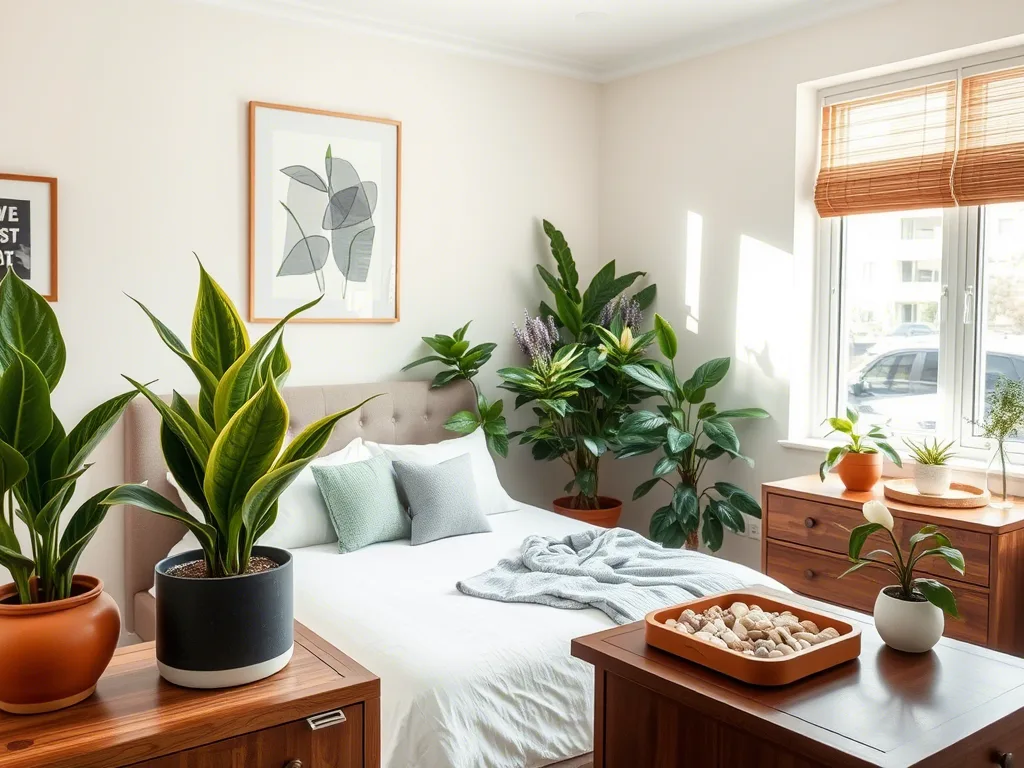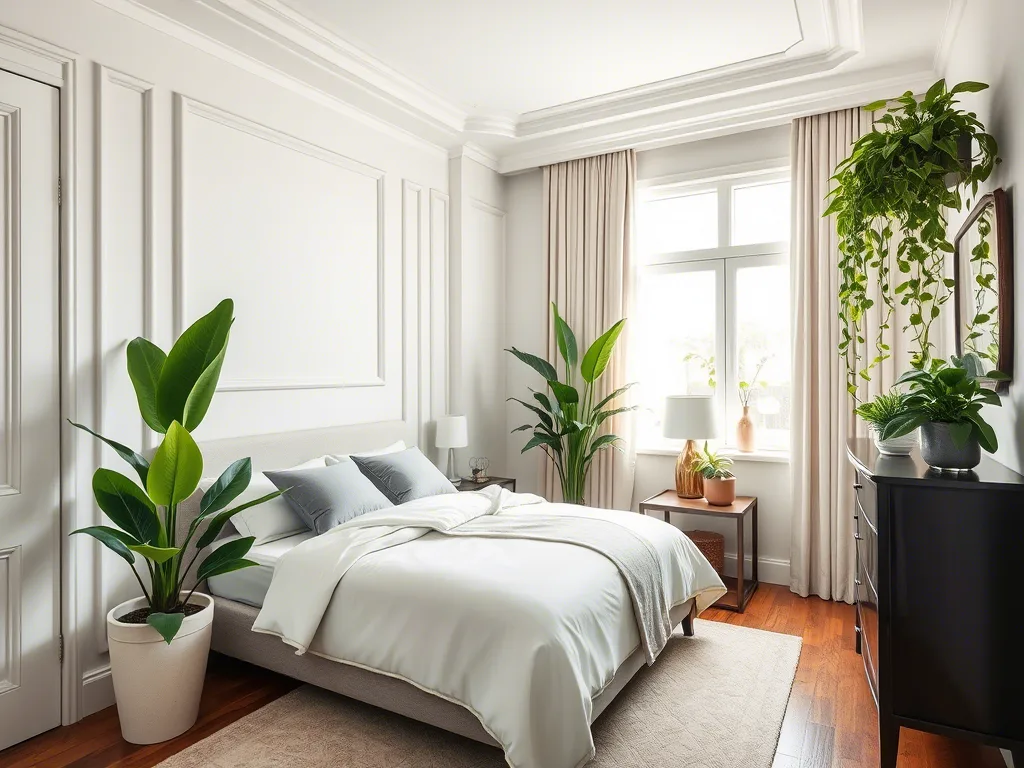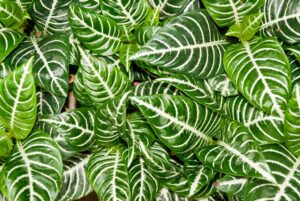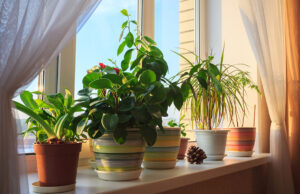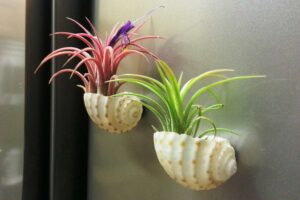Looking to improve sleep, reduce stress, and breathe cleaner air? Your bedroom can become a wellness oasis with the right plants! From NASA-studied air purifiers to mood-boosting greens, this detailed guide explores 15 easy-care plants that enhance health, style, and tranquility.
On This Page
Why Bedroom Plants Are a Must-Have
Indoor plants do more than beautify your space—they’re natural healers. Studies show they:
- Purify Air: Remove toxins like formaldehyde, benzene, and carbon monoxide (NASA Clean Air Study).
- Boost Oxygen: Release oxygen at night (snake plants, aloe vera) for deeper sleep.
- Reduce Stress: Lower cortisol levels with calming scents (lavender, jasmine).
- Fight Humidity: Absorb excess moisture to prevent mold (peace lily, monstera).
- Enhance Focus: Improve productivity and creativity by up to 15% (University of Exeter).
Whether you’re a busy professional or a plant newbie, these low-maintenance picks fit seamlessly into any lifestyle.
15 Best Bedroom Plants: Care Tips, Benefits & Styling Ideas
1. Snake Plant (Sansevieria)
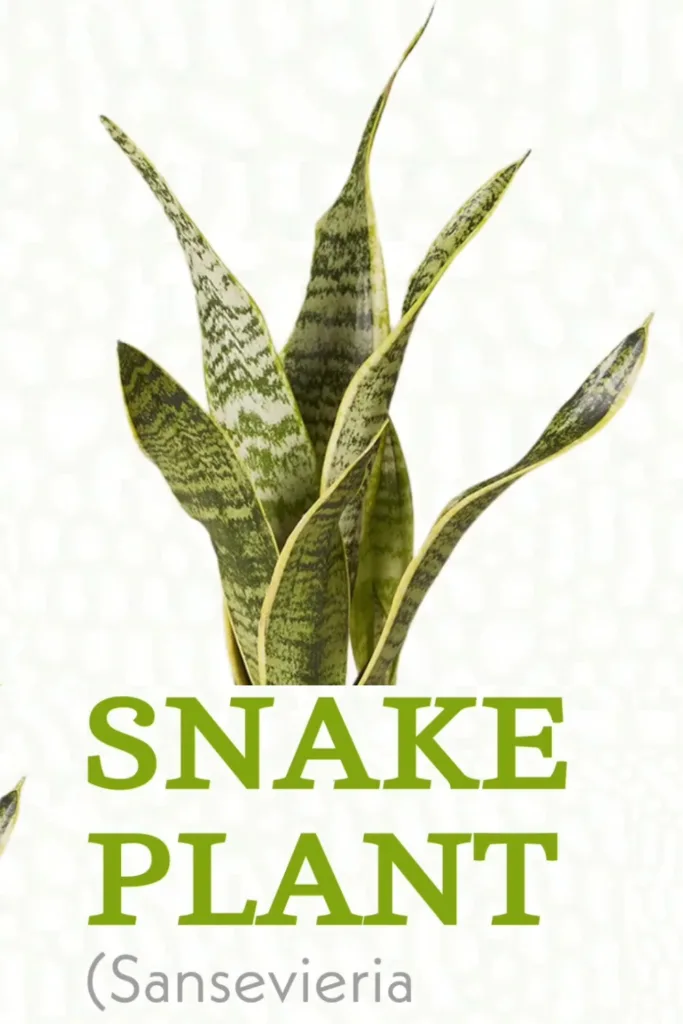
- Benefits: Releases oxygen at night, filters formaldehyde, and thrives in neglect.
- Care: Water every 2–3 weeks; tolerates low light.
- Styling: Pair tall varieties in modern pots for a sleek, vertical accent.
- Pro Tip: Perfect for corners with minimal sunlight.
2. Lavender
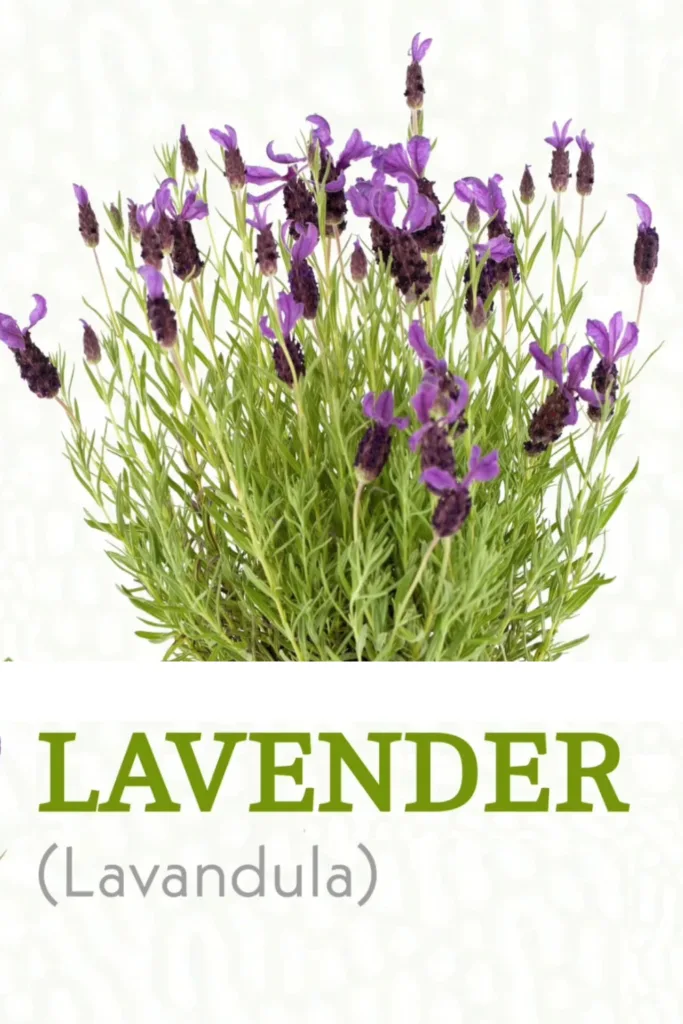
- Benefits: Reduces anxiety with calming fragrance; improves sleep quality.
- Care: Needs 6+ hours of sunlight; water when soil is dry.
- Styling: Place in a terracotta pot on a nightstand for bedtime aromatherapy.
- Pro Tip: Trim flowers to make DIY sleep sachets.
3. Aloe Vera
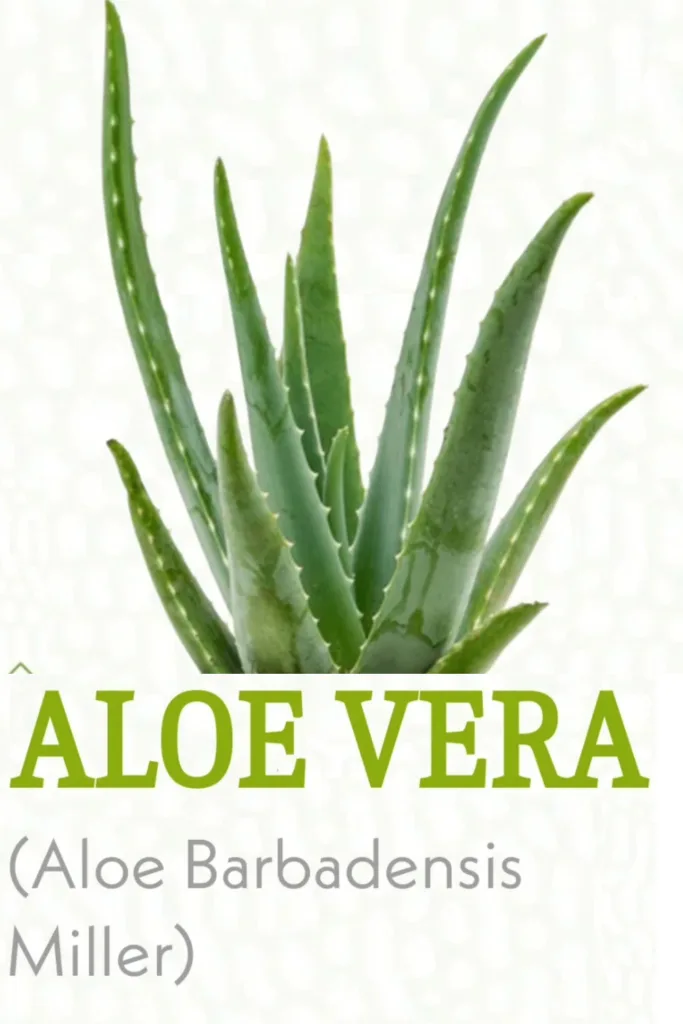
- Benefits: Nighttime oxygen producer; soothes burns with its gel.
- Care: Bright, indirect light; water every 3 weeks.
- Styling: Use a small pot on a windowsill for easy gel access.
- Pro Tip: Overwatering? Yellow leaves mean cut back!
4. Peace Lily (Spathiphyllum)
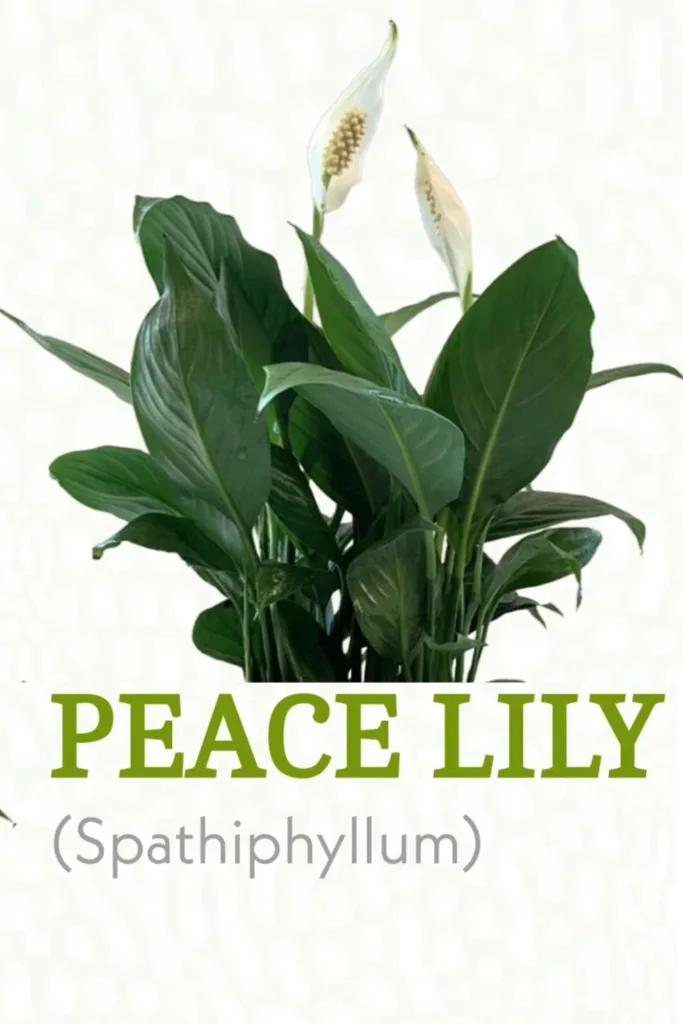
- Benefits: Absorbs mold spores and humidity; removes ammonia and benzene.
- Care: Low light; water once a week.
- Styling: Elegant white blooms add sophistication to dressers.
- Warning: Keep away from pets—toxic if ingested.
5. Spider Plant (Chlorophytum)
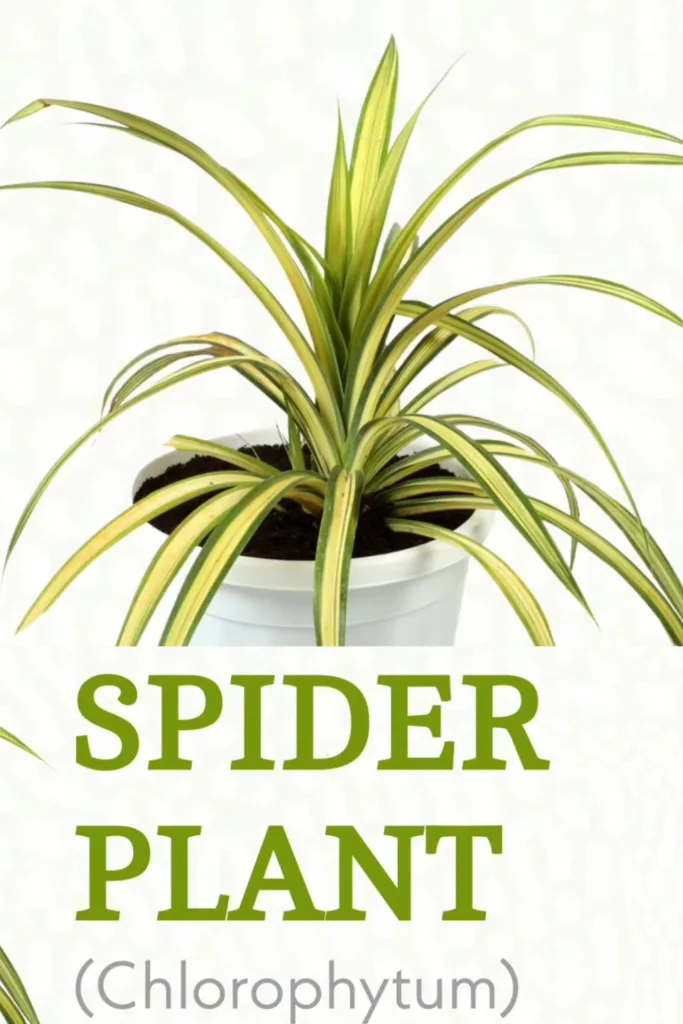
- Benefits: Filters carbon monoxide; safe for pets.
- Care: Bright, indirect light; water weekly.
- Styling: Hang in macramé planters for cascading “spiderettes.”
- Pro Tip: Propagate babies to gift friends!
6. Money Tree (Pachira Aquatica)

- Benefits: Symbolizes prosperity; reduces toluene and xylene.
- Care: Indirect light; water when topsoil dries.
- Styling: Braided trunk adds boho-chic to shelves.
- Pro Tip: Mist leaves to mimic tropical humidity.
7. Boston Fern
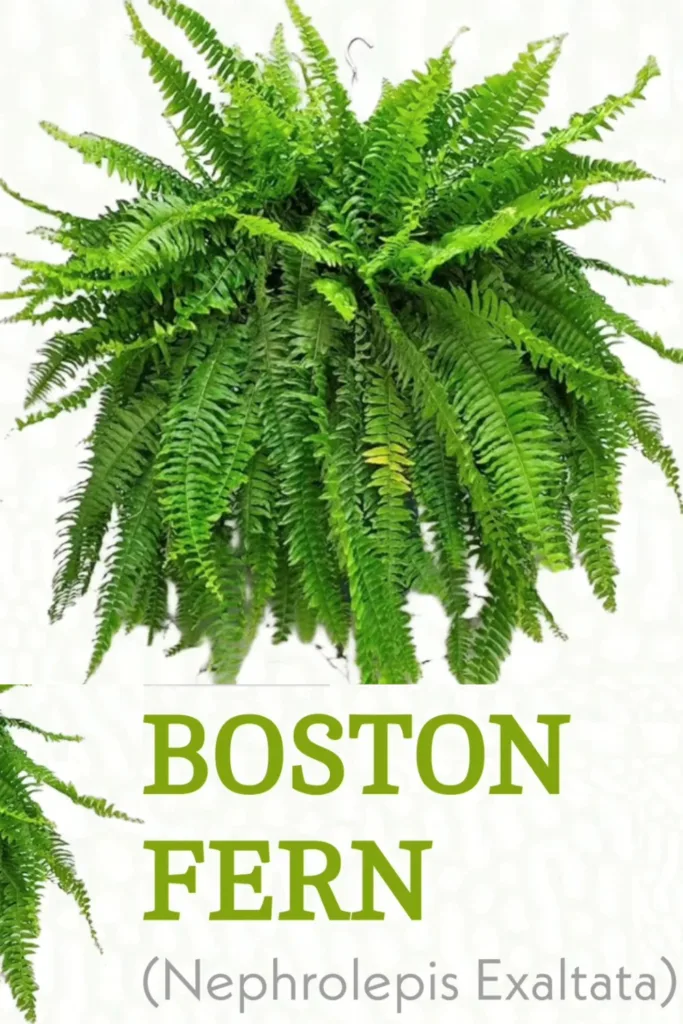
- Benefits: Removes formaldehyde; ideal for humid spaces.
- Care: Mist daily; keep in indirect light.
- Styling: Place on plant stands for lush, floor-level greenery.
- Challenge: Brown tips? Increase humidity with a pebble tray.
8. Pothos (Epipremnum)
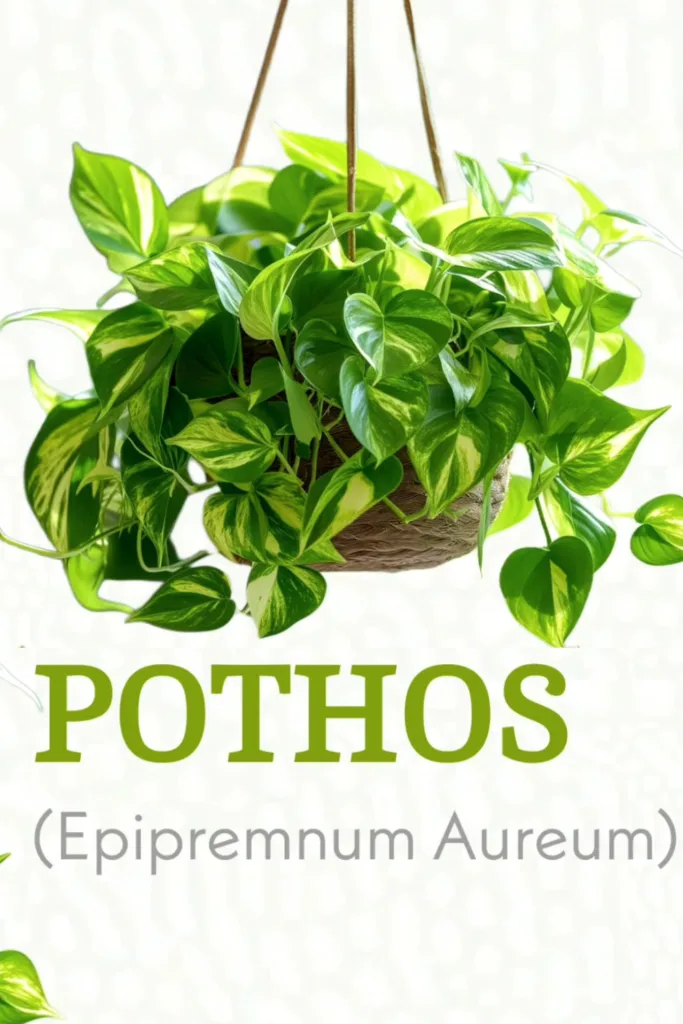
- Benefits: Filters airborne toxins; grows in dark rooms.
- Care: Water when soil is dry; trim vines to encourage bushiness.
- Styling: Trail from bookshelves or ceiling hooks.
- Pro Tip: Golden pothos adds pops of yellow.
9. Jasmine
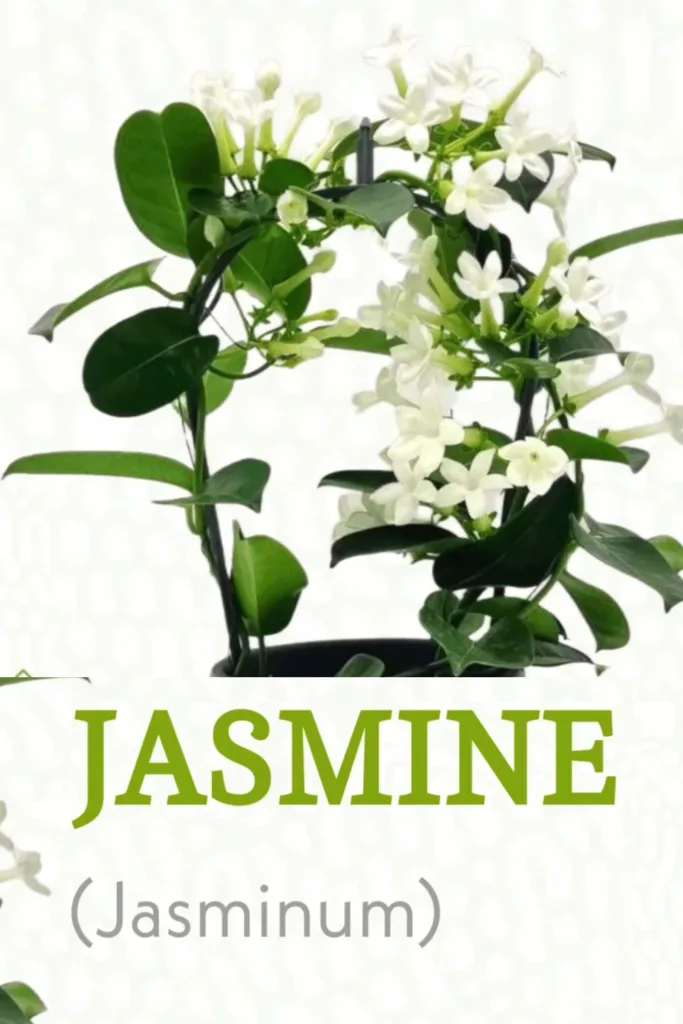
- Benefits: Soothes nerves with floral scent; aids insomnia.
- Care: Full sun; water 2–3 times weekly.
- Styling: Train on a small trellis for vertical interest.
- Pro Tip: Pair with LED grow lights in darker rooms.
10. Monstera Deliciosa
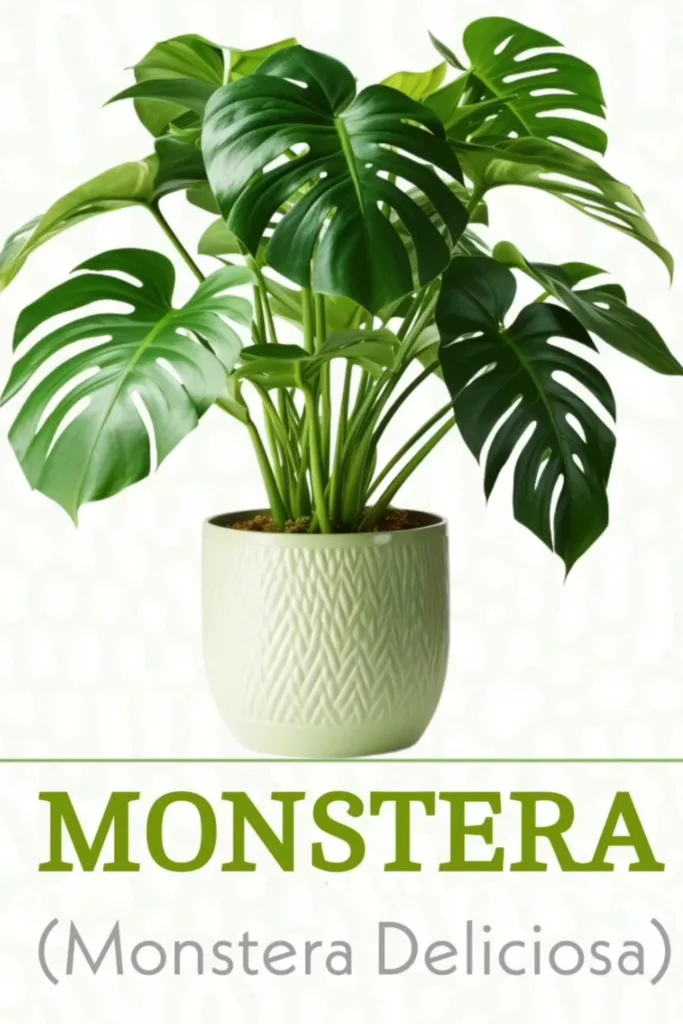
- Benefits: Reduces airborne bacteria; iconic tropical vibe.
- Care: Bright, indirect light; water every 1–2 weeks.
- Styling: Statement piece in minimalist spaces.
- Fun Fact: Leaves develop “splits” (fenestrations) as they mature.
11. Raven ZZ Plant
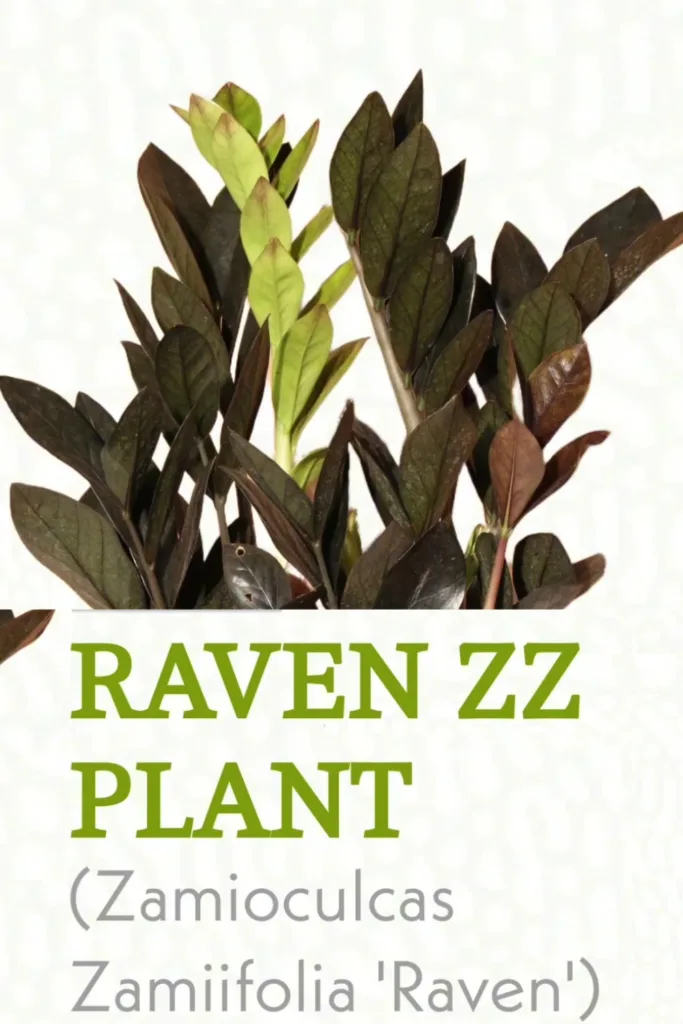
- Benefits: Thrives in darkness; purifies air with glossy black-green leaves.
- Care: Water monthly; avoid overwatering.
- Styling: Contrast with white pots for modern drama.
- Pro Tip: Wipe leaves to keep them dust-free.
12. Calathea (Prayer Plant)

- Benefits: Pet-safe; colorful leaves close at night.
- Care: High humidity; distilled water to avoid brown edges.
- Styling: Group with ferns for a tropical corner.
- Challenge: Crispy leaves? Increase humidity with a humidifier.
13. Rubber Plant (Ficus Elastica)
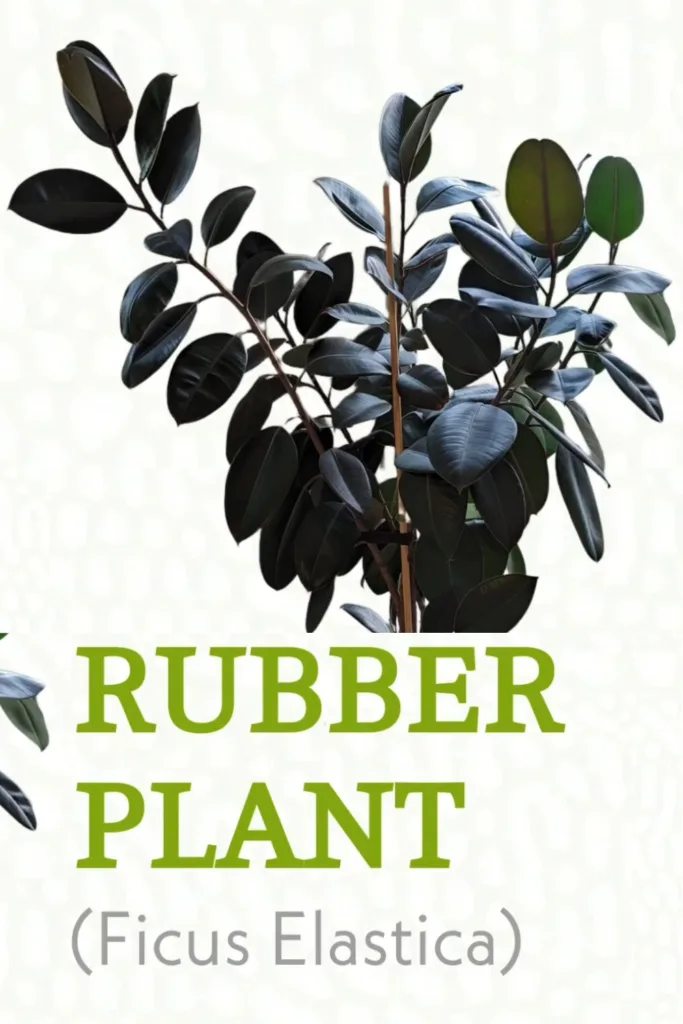
- Benefits: Filters toxins; grows up to 8 feet tall.
- Care: Bright light; water weekly in summer.
- Styling: Bold focal point in floor pots.
- Pro Tip: Prune top leaves to encourage bushiness.
14. Dracaena
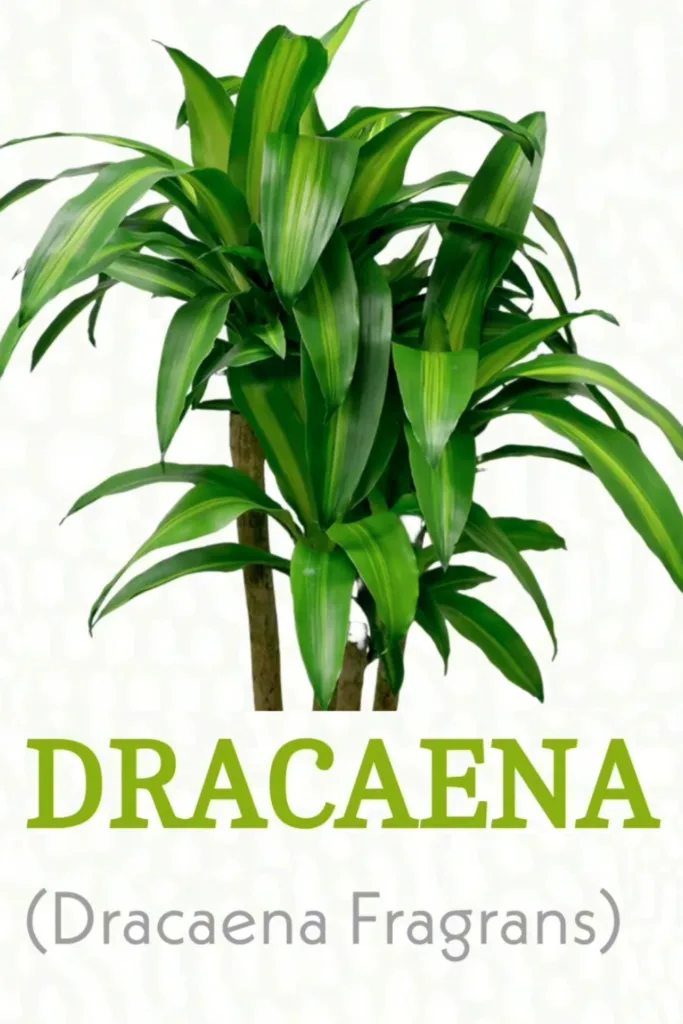
- Benefits: Removes benzene from cleaning products.
- Care: Low light; water every 2–3 weeks.
- Styling: Tall varieties like “Janet Craig” fit narrow spaces.
- Warning: Toxic to pets—opt for spider plants if needed.
15. Anthurium
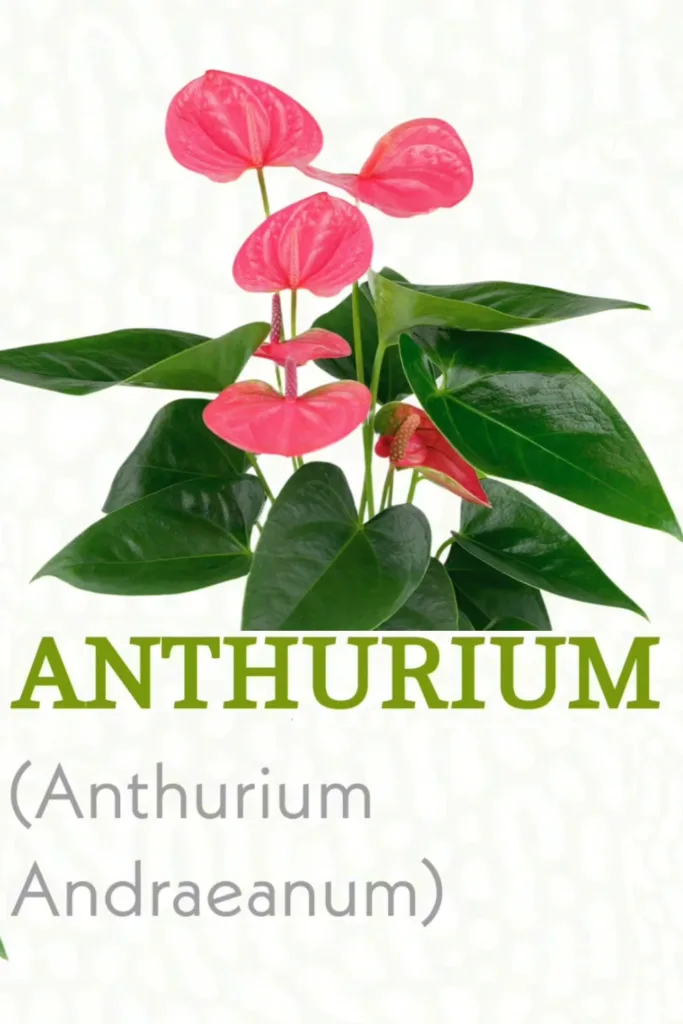
- Benefits: Bright blooms reduce airborne toxins.
- Care: Humid, indirect light; water weekly.
- Styling: Adds pop of red/pink to neutral decor.
- Pro Tip: Use orchid fertilizer for more flowers.
How to Arrange Plants for Maximum Impact
- Layer Heights: Mix tall (rubber plants) with trailing (pothos) and small (aloe vera).
- Group for Humidity: Cluster ferns and calatheas on trays with pebbles.
- Nightstand Essentials: Lavender or jasmine for bedtime calm.
- Dark Corners: Snake plants or ZZ plants thrive here.
FAQ: Solving Common Plant Problems
- Overwatering: Yellow leaves? Let soil dry completely before watering again.
- Pests: Wipe leaves with neem oil for spider mites or aphids.
- Low Light: Choose snake plants, pothos, or peace lilies.
- Pet Safety: Avoid lilies, opt for spider plants or calatheas.
Final Thoughts
Your bedroom should be a sanctuary—and plants are the ultimate upgrade. Whether you crave cleaner air, better sleep, or a touch of nature’s beauty, these 15 plants deliver. Start small with a snake plant or go bold with a monstera, and watch your space transform.
Breathe easier, sleep deeper, and thrive with nature’s helpers.
